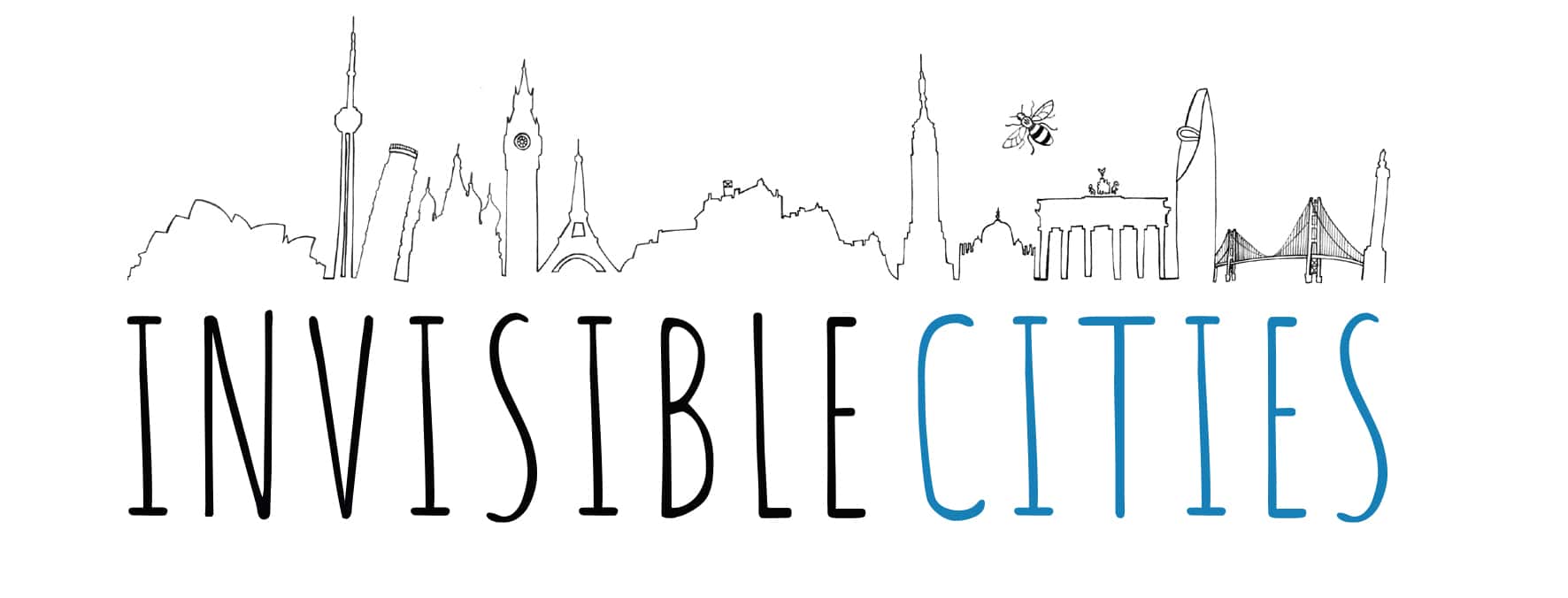As Scotland’s largest city, Glasgow has long been a favourite destination for those travelling in the UK. Though it can be overwhelming to know what to squeeze into your visit. We offer walking tours in Glasgow, all told from the perspective of people who used to be homeless on the city’s streets. We know the city very well and would like to help you make the most of your stay, so we have prepared the following itinerary of our personal recommendations for a 3-day trip to Glasgow.
Day 1 –– Glasgow’s West End
For the first day, we recommend exploring Glasgow’s beautiful West End, which is famous for its leafy streets of iconic tenement buildings, excellent bars and eateries, spacious parks, and magical university campus.
The first stop is Byres Road, the West End’s main shopping street, check out some great shops as you walk southwards, to Partick, where you will be able to start the day right with a delicious breakfast. There are many restaurants and cafés to choose from, though The Sparkle Horse and Cafezique have become particularly renowned in recent years.
Following breakfast, visit the Kelvingrove Museum and Art Gallery. Reserve a couple of hours to explore the museum, which has an eclectic mix of artefacts that give the building the feel of a cabinet of curiosities. Among the collections, you will find Dalí’s masterful Christ of St John of the Cross, works by Rembrandt and Van Gogh, Egyptian mummies, and even a Spitfire hanging from the ceiling of the museum’s main hall.
Having journeyed around the museum, step outside and enjoy a stroll through the Kelvingrove park. With the River Kelvin softly flowing through its centre, the Kelvingrove is a spacious Victorian-era park that provides an excellent spot to escape the bustle of the city.
Then it is time to visit the University of Glasgow’s main building. Built in gothic revival style, the building was completed in 1887. The building famously carries a fairytale air and it’s simply enjoyable to wander in between the cloisters and courtyards. Should you wish to explore the interior of the main building, we recommend visiting the Hunterian Museum and Art Gallery. The Hunterian collection is Scotland’s oldest museum and carries a fascinating range of exhibits from anatomical specimens to scientific apparatus.
As afternoon nears evening, stop in the city’s famous Ashton Lane for a pre-dinner drink. This cobbled lane is home to an assortment of bars catering to all tastes. The Ubiquitous Chip is a Glasgow institution and makes for a cosy place to enjoy a bite or a drink. For dinner, we suggest venturing over to the leafy, laid-back Hyndland area of the West End. The Hyndland Fox is a popular choice among locals and visitors to the area alike. Finish the day in the nearby Cottiers pub, which is situated in a picturesque renovated church.
Day 2 –– The City Centre and Merchant City
On day 2, we recommend taking in some of the best attractions in the city centre and the Merchant City. You will have a busy day ahead of you, so be sure to stop for a delicious breakfast. The centre has options to meet all tastes, but an excellent starting point would be Gordon Street, just along from Glasgow Central Station. Here you will find some of the best coffee the city has to offer at the Riverhill Coffee Bar, and if you have a sweet tooth, Tantrum Doughnuts is just next door––two big favourites with the locals.
Nearby, on Mitchell Lane, you will find The Lighthouse, our first stop of the day. This former newspaper office was designed by the city’s famous son Charles Rennie Mackintosh, with work being completed in 1895. The venue is free to explore and hosts a range of temporary and permanent exhibitions.
After leaving the Lighthouse, walk up the city’s central thoroughfare: Buchanan Street. Continually one of the busiest shopping streets in the UK, anyone looking to find gifts is sure to find them here. Once you reach the top of Buchanan Street, you are only a short distance from our second attraction of the day, the Glasgow Cathedral. Built on the site of where St Kentigern, Glasgow’s patron saint, was laid to rest in 612 AD, the building can trace its roots back to the 1100s. The cathedral’s gothic architecture is stunning and provides a powerful connection to the city’s medieval past. Outside, wander through Glasgow’s Victorian city of the dead, the Glasgow Necropolis. The towering monuments and mausoleums are striking and the site offers great views over the city.
Once you have left the cathedral grounds, a brief downhill walk will take you into the Merchant City. Developed from the 1750s, this area was once home to the city’s powerful merchant class. Here we recommend stopping for pizza at Paesano. This pizzeria has come to be widely regarded as not only the city’s finest but as one of the best pizzerias in the country. Normally jam-packed, do be patient––good things come to those who wait..
With your evening, we recommend taking in an evening show at the Sharmanka Kinetic Theatre. Often unfairly overlooked, this theatre of kinetic sculpture is one of the city’s most unusual and unforgettable experiences.
Day 3 –– Exploring Venues along the Clyde
Reserve the final morning of your trip for a relaxing spot of shopping around the centre, then take a train over to Finnieston, an area which has seen a wealth of new businesses opening in recent years leading to it being named as one of the trendiest places to live in the UK. If eating in Finnieston, The Kelvingrove Cafe is an established favourite among foodies, while The Steamie Coffee Roasters is an excellent place to get your caffeine fix.
In the late morning, travel along the River Clyde to the Riverside Museum. This is Glasgow’s museum of transport and since opening in 2011 the museum has won numerous awards and regularly features among the essential attractions in the city to visit. The building itself has an impressive zig-zagging, zinc-clad roof that made it one of the most recognisable buildings on the Clyde from the moment of its construction. Inside there are over 3,000 exhibits to explore and many interactive features.
After the museum, it is time to delve into a cultural tradition central to Scottish life: whisky. A mere 10-minute walk from the Riverside Museum you will find the Clydeside Distillery. Opened in 2017, the distillery has set out bringing whisky production back to the banks of the Clyde. Take a tour of the site and you will be given a history of distilling at the location stretching back as far as 1900, you will be guided through the distillery’s current spirit-making process, and finally, you will be treated to a tasting of 3 single-malt whiskies from around Scotland.
On the evening of day 3, relax with a trip to the movies. Known as ‘Cinema City’, at its peak Glasgow had over 110 cinemas (more than any other UK city per capita). Today, the Glasgow Film Theatre on Rose Street is the best place to get a taste of this history. The cinema was first opened in 1939 and is built in an evocative art deco style. Here you will feel transported to another era. The cinema’s program provides a mix of new international releases and classics.
And so, we’ve reached the end of our suggestions for what to do on a three-day trip in Glasgow. We hope this guide has been helpful and that you have a fantastic time in Glasgow! We are confident you will discover much to love on your travels. If you have any comments or questions, please get in touch.
*Please note, all recommendations have been made with standard hours of operation in mind. Due to the ongoing crisis, please check the opening times of venues before making your visit.








